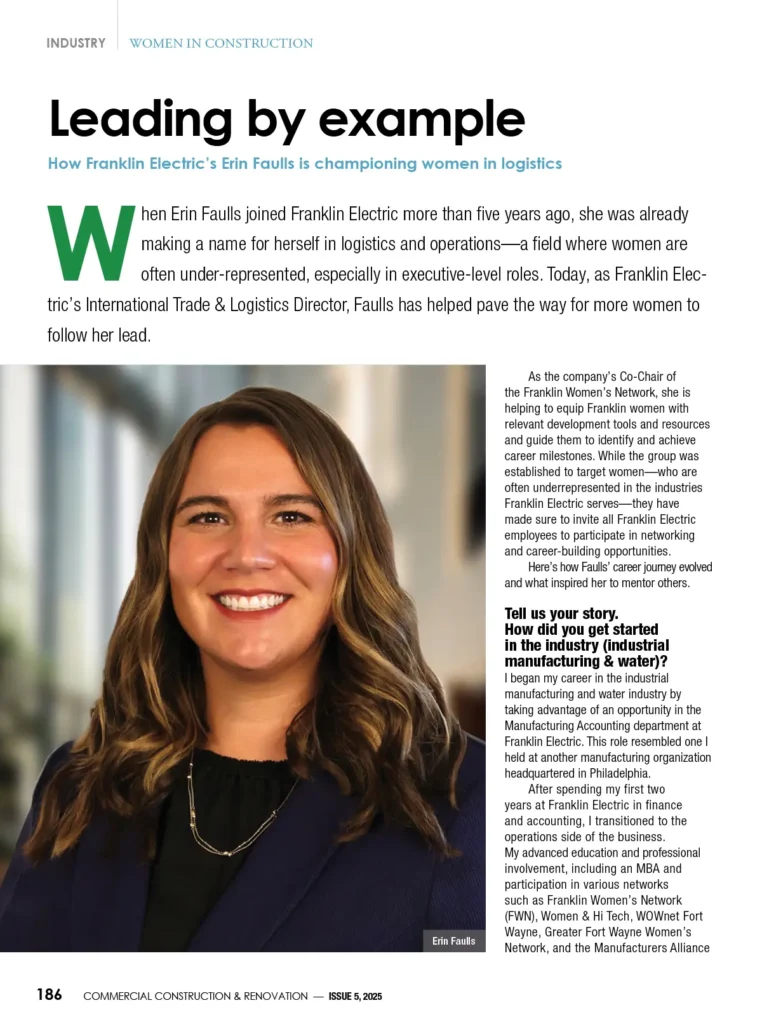The much-discussed “Great Resignation” in the workforce shows a record 4.53 million workers quit their jobs in March 2022, beating the previous high of 4.51 million in November 2021—according to U.S. Department of Labor’s Bureau of Labor Statistics published on May 3.
“The question is whether this dramatic decline may be connected to COVID-19, which continues to impact Americans on all fronts—including their ability to make a living,” says board certified internist Jacob Teitelbaum, MD, who has published multiple studies on Chronic Fatigue Syndrome (CFS) and chronic pain.
According to Johns Hopkins University, COVID cases continue to rise—with 111,000 new cases and 625 deaths per day reported for the second week of August. Long COVID already affects between 7.7 million and 23 million Americans, according to government statistics, pushing “an estimated 1 million people out of work.”
Long COVID is post-viral CFS, according to the CDC and Dr. Anthony Fauci, Chief Medical Advisor to the President since 2021. Health and Human Services said in its Aug. 4 report that long COVID could keep 1 million people a day out of work, with a loss of $50 billion in annual pay.
“We’re in for a second disabling round of the pandemic and we’re ill-prepared,” says Dr. Teitelbaum. “Unfortunately, researchers are nowhere near even knowing how to properly define the illness to design treatment studies,” he says.
Dr. Teitelbaum, who has been researching and treating post-viral CFS for a quarter century, understands the enormity of the challenge. “As with Chronic Fatigue Syndrome, long COVID is a complex and disabling condition, which requires a multi-pronged, integrated treatment strategy.”




























